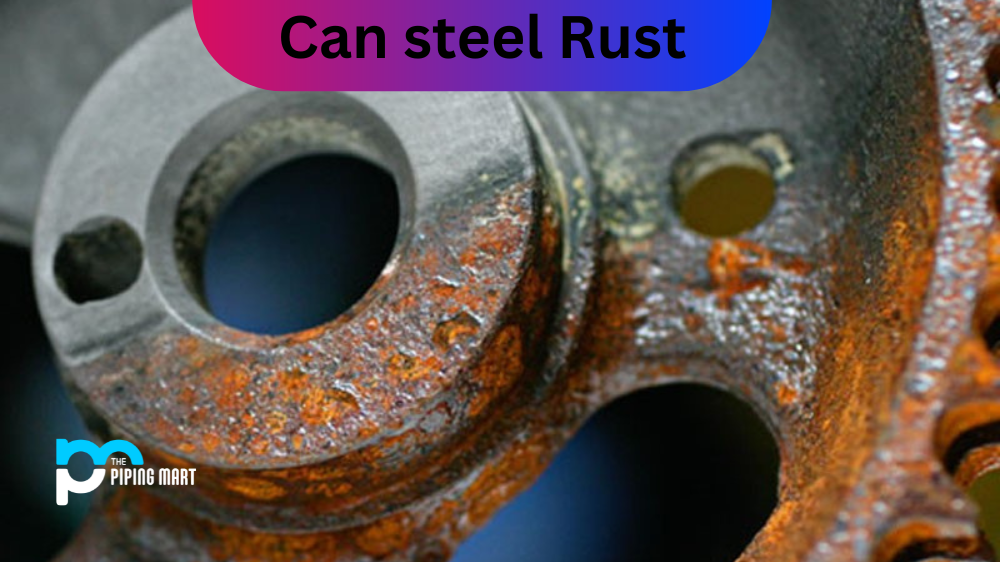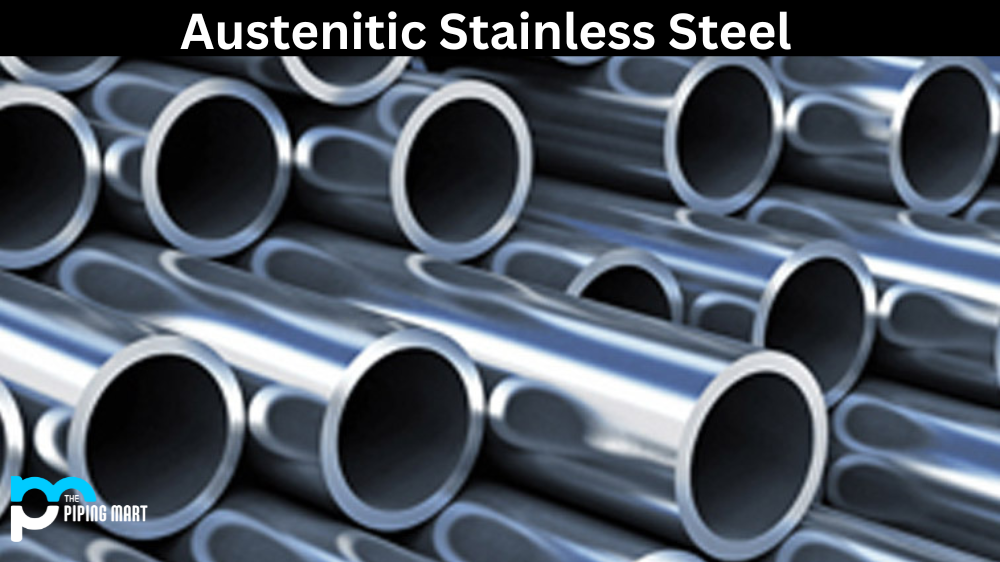When it comes to finding the right material for your industrial applications, there is a wide range of options available. Two popular choices are Inconel 625 and Hastelloy C276. Both materials offer excellent corrosion resistance and high-temperature properties, but they have different strengths and weaknesses that should be taken into consideration when making a selection. Let’s take a look at how these two materials compare.
Inconel 625 Vs Hastelloy C276
Mechanical Properties
Inconel 625 is an alloy composed of nickel, chromium, and molybdenum. It offers good strength and toughness at temperatures up to 1200°F (649°C). The mechanical properties of this material make it well-suited for use in applications such as turbine blades, exhaust systems, and chemical process equipment. Its low carbon content also makes it resistant to sensitization during welding operations.
Hastelloy C276 is an alloy composed of nickel, molybdenum, chromium, tungsten, iron, manganese, copper, silicon, and aluminum. This combination gives it superior strength and hardness even at extreme temperatures up to 1500°F (816°C). It is often used in valve trim components that require wear resistance as well as in marine environments where seawater corrosion needs to be resisted.
Corrosion Resistance
Both Inconel 625 and Hastelloy C276 offer outstanding corrosion resistance in many different environments. Inconel has excellent resistance to oxidation and reducing atmospheres, while Hastelloy has superior resistance to sulfuric acid solutions with varying concentrations at all temperatures. The addition of molybdenum in Hastelloy also gives it better resistance to localized corrosion, such as pitting or crevice corrosion, than Inconel 625 can provide.
Cost Considerations
In terms of cost considerations between these two materials, Inconel 625 tends to be more affordable than Hastelloy C276 due to its lower nickel content; however, its strength can vary significantly depending on the heat treatment used during fabrication, so it may require additional machining operations which could add cost. On the other hand, Hastelloy C276 offers excellent strength and corrosion resistance, but its higher nickel content means that it will typically cost more than Inconel 625 for any given application.
Conclusion:
There are many factors that need to be considered when selecting the right material for your industrial application, such as mechanical properties, corrosion resistance requirements, and cost considerations. For instance, if you need high wear resistance or superior chemical protection, then Hastelloy C276 would likely be your best option, whereas if you need a reasonably priced material with good oxidation/reduction performance, then Inconel 625 may make more sense financially speaking, depending on your specific application requirements. Regardless of which material you choose, both offer excellent performance characteristics that will help ensure long life in whatever application they are used in!

Pipingmart is B2B portal specializes in industrial, metal and piping products. Also, share latest information and news related to products, materials and different types grades to help business dealing in this industry.




